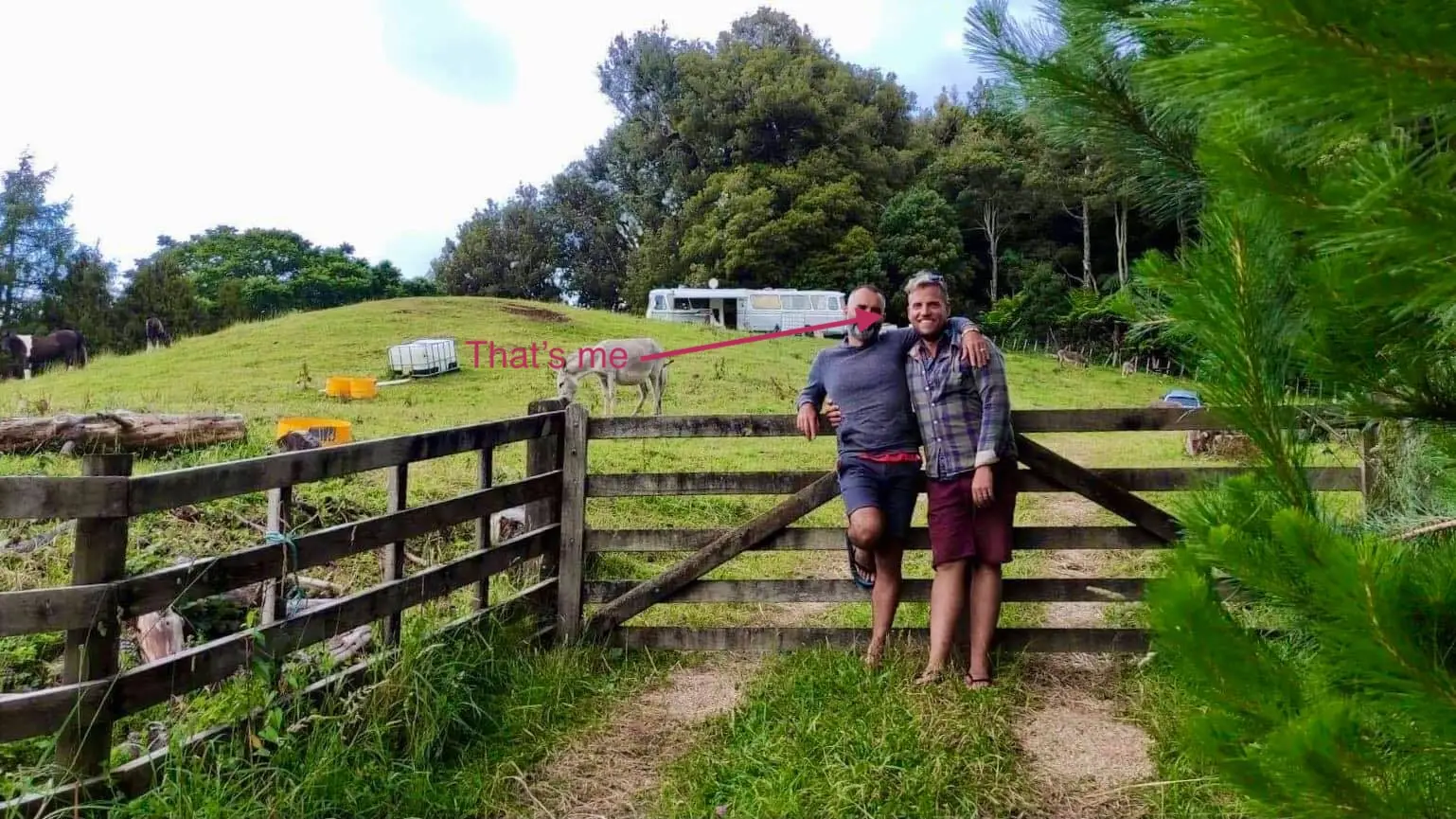Your cart is currently empty!
About Me

In December of 2020, we bought our little rural acre out the back of Stratford, in Taranaki’s beautiful eastern hill country. It came with nothing but a bus and slope that’s been over-grazed.
Armed with a fresh Horticulture certificate and little else, we got to work – as time and money allowed. We started by digging a couple of ponds and turning the hill into terraces. Put in our wood chip drive, planted a number of trees, and got the vegetable garden going.
And then, well, the progress kinda slowed right down…
I’ve spent a lot of time learning about the principles of permaculture, about Landrace Gardening (Joseph Lofthouse and his free Going to Seed programs and Sentinel’s Group for the best variety of landrace, grex and other saved seeds in NZ). I spent a lot of time pondering my landscape and what I want it to look like in the future. And I spent a lot of time looking for diversity.
Sure, I want my apple and citrus and stone fruit and fig trees. Yes, I desperately want to find the perfect spot to tuck away an avocado or two so they survive the frosts we get out here. Obviously we have our feijoas and plums and everything else you can buy from a nursery.
And, because we have all the same grafted trees that everyone else does, it wouldn’t require much to do a world of hurt on all of our food production. A well adapted virus could take out all apple clones that we all have and not think twice about it – just as an example.
That’s not food security. It’s not diversity. And it’s not actually sustainable.
So, I went built myself a starter list of plants that I wanted to get to add diversity and deepen our food security. Of course, because we don’t have much in the way of diversity in Aotearoa/New Zealand – especially if you’re outside of the most common maritime climate, I couldn’t find most of what I wanted. What I could find was a couple of species available as seeds (that were perpetually out of stock – which is a statement of fact, not a criticism. I’m all for buying local seeds saved by local people for a locally adapted plant when available – it’s my preferred seed source (see above recommendation for Sentinel’s Group) or, for only two species, I found 1 year old shrubs in PB5s that were going for $50/ea.
Not only could I not stomach it, we also simply couldn’t afford it, and I knew I would need to do something different.
When I realised I would have to bring in seeds from overseas I decided to turn it into a proper project. On top of learning the ‘Basic’ import requirements, I spent days creating a spreadsheet based on pfaf.org and their database of 8,000 plants for a temperate food forest – winnowing it down to what would work in our climate, with our soil, and our aspect. Further narrowing it by what had an edibility or medicinal rating of 3+ (out of a potential 5). I compared that against the MPI database to figure out what, of my dream list, I could actually import.
And then, I went searching for a seed distributor.
I’d only ever expected to import a small number of seeds from each species – just enough to get me the minimum number of plants I can grow on to provide fruit and then use as parents from which to further propagate from. But, that’s not really how it works when you order from massive distributors…
I ended up having to place a super abbreviated order for more seeds of each species than I wanted, and thought I might try selling the remaining seeds on TradeMe. When I put them there, I was pleasantly surprised.
I guess I’m not alone in wanting real diversity, and wanting to attain it affordably. People who had just bought lifestyle blocks, or were planning to, or who have reached a time in their lives where they have a bit more time and space to take up slower hobbies, some smaller nurseries, and some people who just wanted to FAFO started ordering my excess seeds.
After a couple of really kind, inspiring emails from people who were happy to find an otherwise unavailable diversity, I decided I should try and make a go of it.
And that’s how Two Mountains began.
From here, my goal is to just keep doing what I’m doing – finding interesting seeds for our land, that work in a temperate climate and will survive a frost down to -5C, and then see if other people are interested in them. Providing new species as the niche little business allows, and just keep trucking along.
I don’t want to be the next Egmont seeds, I don’t want to ‘innovate’, I don’t particularly want to grow.
I just want to sit here – with my dog and my seeds – and be, you know, just a little lifestyle business.